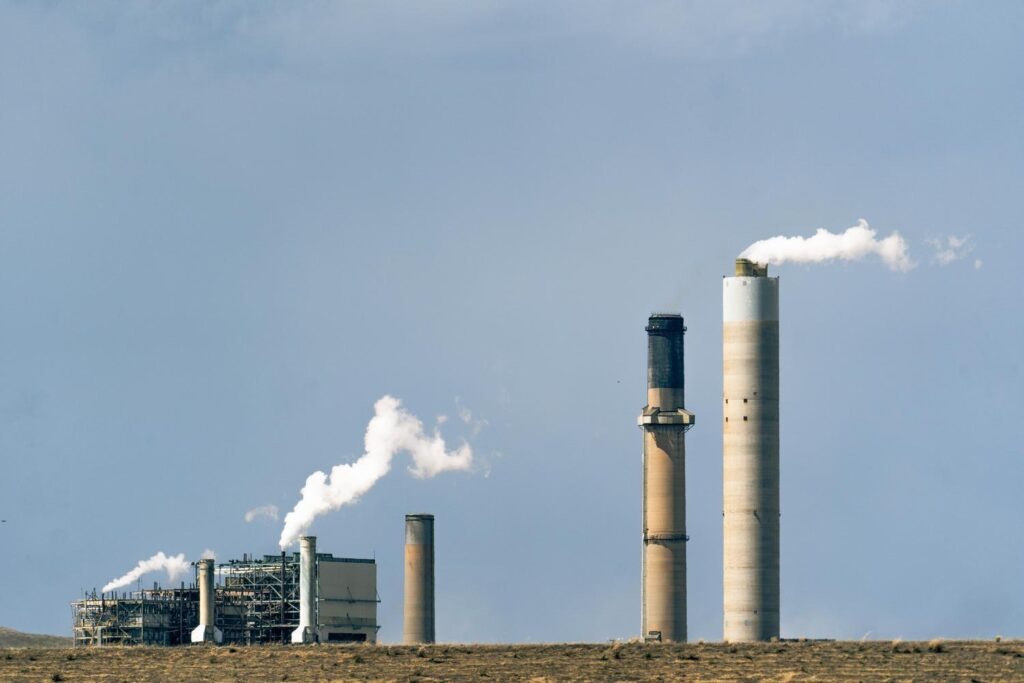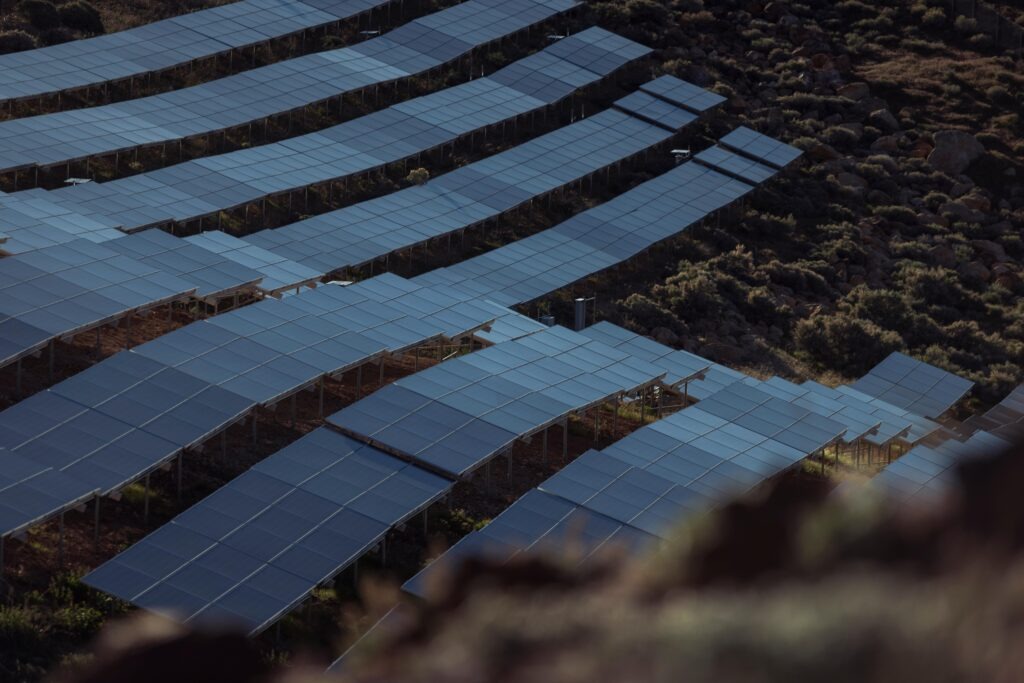Make Your Green, Greener by Ditching Your Dirty Bank
Photo by Jake Burchmore
Disclaimer: This isn’t financial advice. It’s a practical guide to ensuring your money in the bank reflects your commitment to a sustainable future, free from fossil fuel funding.
When we think about a clean energy future, our minds often jump to solar panels, electric cars, and wind farms. What if we told you one of the most impactful system-level changes we could make, perhaps second only to voting, was as simple as choosing where we bank? It’s called climate-positive financial management, and it’s time to take control of our money in the bank to ensure it is supporting a future with clean air, clean water, and a healthy planet.
“Climate-positive financial management is ultimately about shifting the flow of capital and increasing the amount of lending that goes towards clean assets,” explains Ryan Laemel, POW’s COO. “So things like solar panels, batteries, electric vehicles, heat pumps, and trying to also decrease the amount of lending that goes to dirty assets.”
To be climate-aligned, financial firms need to be investing $4 in low-carbon infrastructure for every $1 in dirty infrastructure by 2030. Unfortunately, right now, that ratio of spending is just 89 cents for every $1 dollar (Bloomberg). Meanwhile, in the last 8 years, the world’s 60 largest banks have committed $6.9 trillion to the fossil fuel industry (RAN).
To put this into simpler terms: Imagine your bathtub filling up with water—that’s all the money banks are circulating through today’s economy, as they lend money to everything from factories and office buildings to roads, schools, and data centers. But right now, much of that water is dirty because it’s funding some of the most carbon-intensive industries.
To build a sustainable economy, we need to rapidly increase the flow of clean water, unclog the drain to flush out dirty water faster, and prevent new dirty water from being added. If we fix the system, the tub will clear over time.
In other words, we need to accelerate investment in clean energy through the power of our money so that we stop unknowingly propping up polluting industries and phase out outdated infrastructure.
So what does all of this have to do with the money sitting in your bank account?
When you deposit money into a bank, it doesn’t just sit there—about 90% of it gets invested. Banks use deposits to lend to everything across the economy: auto loans, mortgages, commercial investments, etc. And depending on where you bank, those investments could be propping up the fossil fuel industry.
In fact, research from our friends at Topo Finance shows that if you bank with one of the largest banks in the U.S., your bank is lending 20-30% of your money to the world’s most carbon-intensive sectors: energy production, utilities, mining, and large-scale manufacturing.

“Our deposits—our money—are exposed to whatever our banks decide to lend to,” Laemel says. “That’s why it is so important to think about where you are banking.”
The way your bank lends money has a direct impact on its climate footprint. Some banks are the worst offenders, actively financing oil and gas expansion. Others are better, avoiding direct fossil fuel investments but still bolstering the fossil fuel industry. The best banks have no ties to the fossil fuel industry at all and are actively working to ramp up their investments in climate solutions, proving that where you keep your money matters.
If you want to see just how much climate impact your bank generates, Laemel shares a staggering statistic: “Research shows that on average, Wall Street banks emit roughly 300 tons of carbon pollution per $1 million invested annually, while the lowest-emitting bank in the U.S. only generates an estimated 13 tons.” To put that number in perspective, that’s the difference between about 19 Americans’ annual carbon footprint to less than one person’s footprint, based purely on where the bank chooses to lend your money.
For individuals, this means that switching banks can be one of the most impactful climate actions you take.
Let’s crunch some numbers: If the average American has a carbon footprint of 16 metric tons per year, moving just $5,000 from a high-emissions bank to a better bank could reduce an estimated one metric ton of carbon pollution annually. That’s 6% of the average American’s carbon footprint and more than emissions saved by adopting a vegan diet—just by making a simple switch.
Why It Matters
With so much focus on personal choices like flying less or eating less meat, financial decisions often get overlooked. But they shouldn’t be. “I think it’s a really powerful lever that not that many people are paying attention to,” Laemel notes.
And it’s not just about individual action—systemic change requires shifting massive amounts of capital away from fossil fuels and toward clean energy. This means pressuring banks to change their lending practices, supporting financial policies that promote green investments, and ensuring that our own money isn’t quietly fueling the climate crisis.

“It’s a tangible thing you can do. And in the fight against climate change, tangible actions matter,” said Laemel.
So the next time you check your bank balance, ask yourself: Is my money working to create the future I want?
Ready to take control of your financial footprint? We made a Banking Emissions Calculator, a completely anonymous tool, with our friends at Compose[d] Creative and Topo Finance so you can see your banking footprint. Just select where you bank and see an estimate of the impact it has on the environment.
Consider switching to banks that invest in clean energy, green infrastructure, and ethical projects while avoiding funding fossil fuels, deforestation, and other environmentally harmful industries. POW’s made the switch and you can too!
